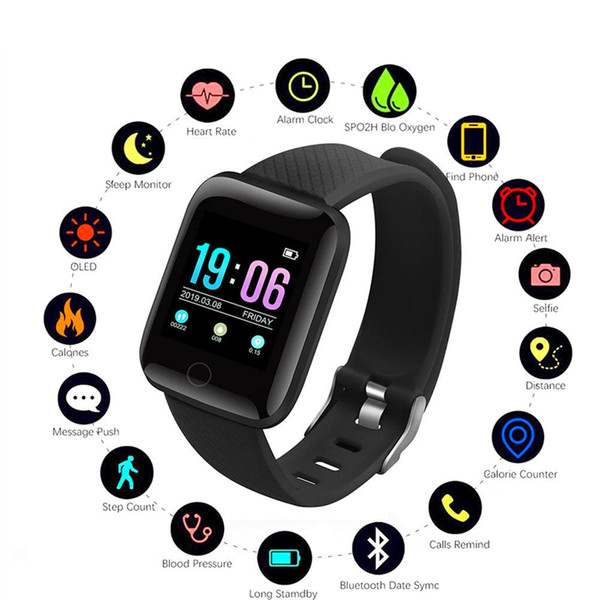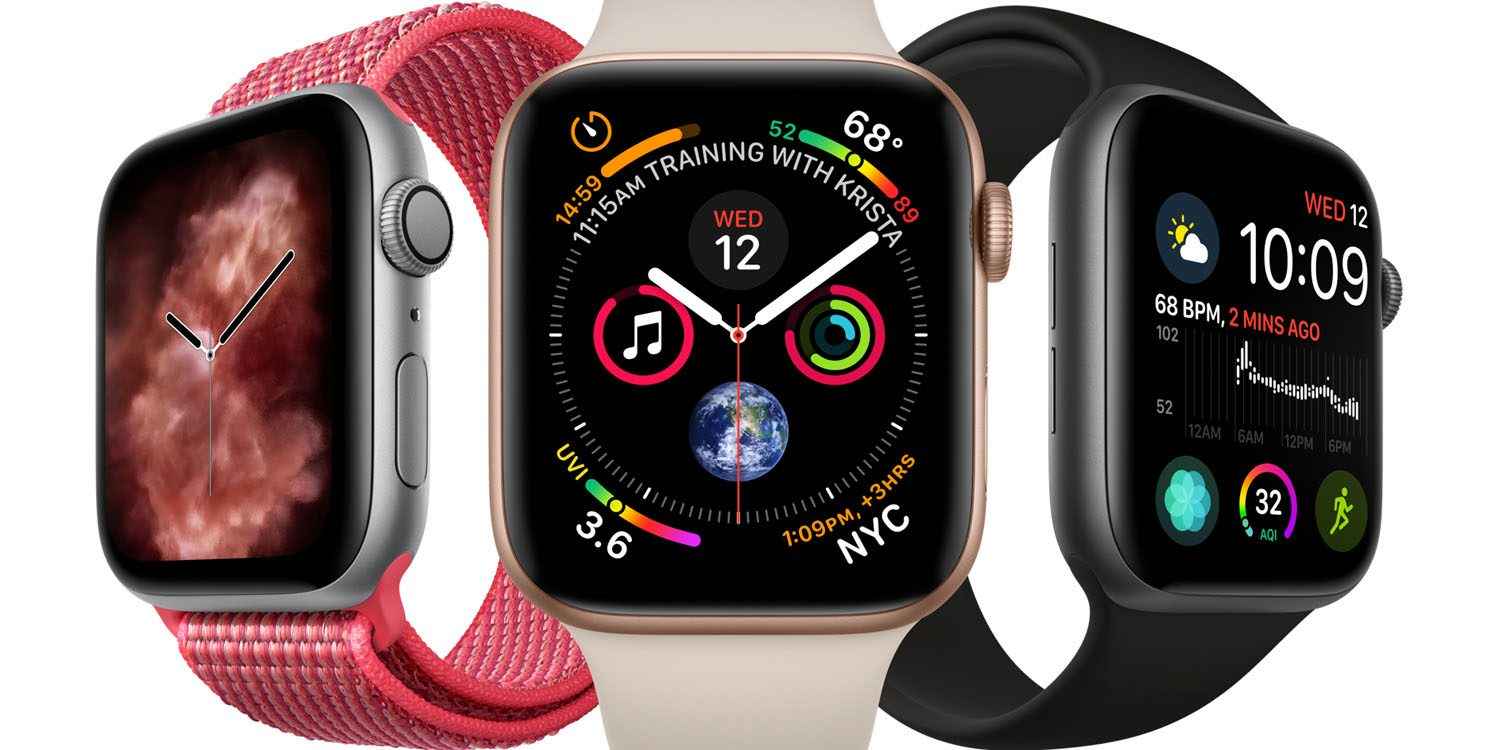A digital and
computerized wristwatch is not only a classical timepiece, but it offers
several functions which is why it is called an intelligent wrist device or
simply a smartwatch. It is a device which is easily comparable to a
personalized mechanical device. The technology that came years ago used to
perform simpler tasks like calculating, translating, game-playing, but the
smart watches of modern era are often known as portable computer device.
Majority of these
intelligent watches not only runs the mobile apps, but also supports the
operating systems just like mobile phones such as functioning of music players,
with an option of unlimited FM playback, mp3 audio and video through the
Bluetooth technology. Some of these models are that intelligent that they match
up with the mobile phone functions (taking calls, making calls) in a same
manner as Iphone would do, that is why we call them mobile watches.
The
Future Starts Now
Until and unless you
have consumed the previous year in a sealed container (trying to clarify your
suitability for the Mars single mission) you will be cognizant that Apple have
dispatched a smart wearable watch: THE
APPLE WATCH.
The technology for
wearable devices is establishing and flourishing really fast. It opens doors
for several software designers (web, app, UI) to come up with new innovations.
The globe around us is
where we need to focus in terms of design, not the technology in particular. We
have to come up with the designs which do not create distractions but the
designs that are promoting engaging experiences, as these smart wearable
watches become popular.
Who
will be using them Now?
Fitness and sports
persons are favorably using these devices. Devices like wearable cameras and
others of this sort are more popular amongst extreme sporting, stunt sporting,
and dare devils. However, up till
nowadays, it is for these sports people particularly that portable tech has
chiefly been the reserve.
Who
will be the user in future and for what purpose?
Due to the attachment
of these devices with us, they move as we move, and they are being noticed and
interacted with complex angles. User requires easy interaction and simpler way
of reading whatever is up on the screen. Interactions are far more preferable when a
person is sitting, and both the human body and the device are stable.
Critically asked:
- What options will be looked by people while using our app
- What place will they be?
It is difficult to understand the
interactions offered by the device, it includes: Controlling voice, gesture
control, taps, dials and physical button.
Effective connection to
Chromecast, Apple TV or comparable showing mechanism from your smartwatch
should build up on the fact that it is always ready and alongside you. The delivering of high end keynotes is not
the only thing that we focus in most of our meetings. Mostly we do not prepare
ourselves fully for the daily meetings, no advance presentations, but just a
few screen clips along with artifacts takes representation of the whole
project’s picture. With movements, it is often very difficult to give inputs to
the screen and to understand what is up there.
In case of low
investments, it is more likely to collect it in bundles and have access on them
through cloud via smartwatch device. Using remote control for a slide
presentation is not a bad idea if you already own a touch screen strapped
smartwatch.
A
small area to operate with:
The screen real land
subject of smartwatches is of sequence the most prevalent factor that will
notify the UX design for such devices. It has been a subject on smartphones
since their creation– how does one progress concerning rescaling almost everything
that has been projected for a wider desktop screen so that it fits and works
well on the far tinier portrait smartphone screen?
This is what challenges
the designers and they have been rethinking on how to go with their strategies
to overcome their long prevailing issue. The head of the wristwatch should be
fitting one side of our wrists, as per the convenience of the people or even as
a necessity. Of course it leads to more of a problem for the UX designers on
how to settle the screen with such size.
That tiny space will be
filled by the apps and features, by nature. So, how to fit all the information
within the display? keeping UX in mind.
It goes down to two
main things, when it comes to UX design, the glance and the legibility.
Different
User Interaction
Our addiction to such
smart devices is not a new topic, we spend hours and hours on our phones. Such
case might not be true in regards to wearables. This is because wearables have
tiny screens and it is not so ideal to interact with such a device. Apart from
this user might find it much more difficult to stable their hand in a position
to use smartwatch, in this case mobile phones are comfortable to use.
Ergonomics says,
smartphones are unattached to our bodies and we carry them, wearables are
attached to our body through wrists. Smartphones are used as a tool whereas
smartwatches are just for decorative purpose, primarily. With respect to user
interactions, mobile phones are inert when unused, whereas watches are always
up and running.
Latest
Questions
- What is being done to design for a platform? Whose specs are still unannounced? What are the criteria for predicting the characteristics of most known wearable watch app and most known used cased? How can the gaps be filled, through design workflow?
- Will the screens have the same result? Will the operating system change? Will the functions be sacrificed?
These are all the
queries and we know little about it. But the time to innovate and think outside
is not so far away. It is a time to create a better user experience for the new
era and for which we will work in teams to find a better solution overcoming
these issues.
Keeping
Design Light-weight and Simple:
Your phones are much
more powerful than an apple iwatch. I feel guilty sometimes of using a pretty
image over a smaller one when designing for mobile and web. We were being asked
to keep things as lightweight as possible in case of Apple’s Iwatch. Because,
sometimes these extra kilobytes do make a difference.
The users do not aim at
having slow and lagging experience. The larger image not only leads in having a
poor experience, but it may face rejection when submitted to Apple.
Considerations
regarding color:
- Color blindness must be handled well.
- Background should be black. It will blend alongside the screen’s physical bezel and uphold an illusion of no screen edge. Do not use brilliant backgrounds.
- Use elevated difference colors for text. Recall the discern is not utilized for long eras of period, users demand to be able to elucidate your content swiftly and facilely.
Legible
Fonts
The success of these
devices relies heavily on the text clarity and text legibility. Imagine how
frustrated you will be when holding a watch near to your eyes trying to read
what is up on the screen, even when you have your glasses on.
In
what ways users interacts with Device?
A user may interact
with the smartwatch apps more in the future, but these are the only ways for
now:
- Single Tap: Used when pressing something or selecting or choosing something.
- Force Press: Pressing hard on the screen of the watch for the access of menu on the current screen.
- Digital Crown: Vertical scrolling that can be done through the wheel on the side of your watch.
- Limited Gestures: Vertical swipe for traversing hierarchical screens, horizontal swipes for traversing across page established screens, left frontier horizontal swipe to go back to the preceding screen. There is no method to make swiping work beyond of traversing amid pages or in a vertical table.
It is a New Innovation
with New Challenges:
When it comes to
emerging designs we need to redefine our reference frames. Smartwatches are
thought as force fitting of a product in a predefined area- the wearable
smartphones- will lead to lean thinking at best and failure of products at
worst.



No comments:
Post a Comment